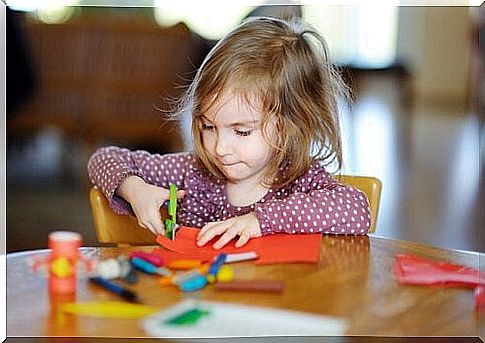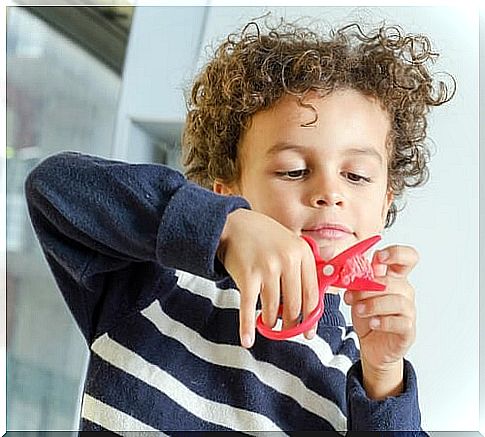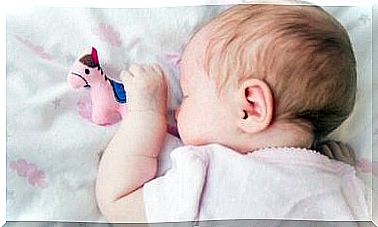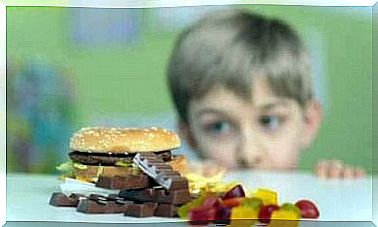Teaching Children To Cut With Scissors

Teaching your child to cut with scissors can be easy if you use the following tips.
If she doesn’t get the hang of it at first, be patient. Help her avoid getting discouraged.
Teaching a child to cut with scissors is an exciting process that contributes to the development of her fine motor skills.
The main goal is for your child to develop the movements that allow her to use her fingers, hand and eyes in a coordinated way.
Cutting with scissors can strengthen her hand muscles. It also encourages the skills needed to use other utensils in the future.
Learning to use scissors also prepares a child to use other utensils, such as pencils, buttons, or knives.
The act of cutting also promotes hand-eye coordination. Vision allows the child to recognize the shape and orients the hands to make the necessary movements.
Cutting also requires asymmetrical and synchronized coordination with both hands. The child uses one hand to hold the scissors. She uses the other hand to hold what she cuts.
As a mother, you need to help her learn this while being patient. Your child needs time to learn how to use scissors properly.
4 tips to teach your child to cut with scissors
To make the task less expensive, there are some tips that can help her acquire the skill of using scissors quickly.
Here are 4 tips for teaching your child to cut with scissors:
1. Choose a suitable scissors
It is important for your child to use scissors that are suitable for her little hands. Choose simple scissors with plastic edges that only cut paper.
The scissors should also have rounded edges to ensure the safety of the child.
If the child’s hands are not big enough to open and close the scissors. Then it means they are still too small to learn how to cut.
If the child is left-handed, you should try to get left-handed scissors. This will make the process a lot easier.
Keep all this in mind when looking for a suitable pair of scissors for your child.

2. Learn how to open and close the scissors
The first thing your child should learn when using scissors is how to manipulate them to open and close with one hand.
Initially, this act will be difficult for the child. She can start learning this by using both hands.
You can try a few exercises with your child. So that she can get used to her first pair of scissors by performing opening and closing movements.
A good start would be to practice only with her hands, then she can try it with the scissors.
3. Develop precision
When your child is comfortable enough with the scissors to master basic movements, you can begin to develop the child’s precision with simple activities.
A good example of a simple activity is to place a sticker in the center of a sheet of paper. Then slide the small hair scissors in the direction of the sticker.
You can also draw a line on a piece of paper and ask your child to cut along it.
You can gradually increase the width of the line and the level of difficulty, depending on the child’s abilities with the scissors.
Try to do simple precision exercises in the beginning to motivate her learning process.

4. Control Development
When your child can cut straight lines and has control over the scissors, it means she is ready to cut different shapes. She can cut squares, rectangles and circles from sheets of paper.
She may have a lot of trouble cutting circles at first because she has trouble changing direction.
If she has trouble cutting triangles, you can show her how to stop at the corner and then turn the scissors in a different direction so she can continue cutting.
Once the child is in control of the scissors, she can easily move around the contours of objects and the silhouettes of her favorite characters.
Finally , while teaching your child to cut, it is important that you allow her to experiment on her own.
While she may occasionally suffer from a small cut, you should let her improve her skills through experience.









